The 10 Best Dracula Movies In Horror History, Ranked

On every corner of the internet, you find fans bemoaning the lack of originality within the movie business. Everything, it seems, is either a sequel, a reboot, a reimagining, or an adaptation. Listen, I get it, but there is one character that remains interesting, engaging, and, more often than not, downright terrifying no matter how many times his story is brought to screens. That character is none other than the dark prince himself, Count Dracula.
First appearing in the pages of Bram Stoker’s 1897 novel, Dracula quickly became the most iconic vampire in the history of fiction, haunting the dark corners of movie theaters for over a hundred years. Dracula’s big screen life has spanned the earliest silent films to the horror boom of the mid-20th century, all the way to the present day. It’s a testament to Stoker’s original tale that Dracula remains such an engaging figure, one that has made its way into not one but two films released by Universal Pictures this year.
Though Renfield and The Last Voyage of the Demeter contain two very different depictions of the Count, they follow the simple rules Stoker laid out in his famed novel; Dracula needs to drink blood to survive and he will go to any lengths to obtain it. Here is a definitive list of the best and most inventive movies to bring Dracula’s story to life.
10. Dracula (1931)
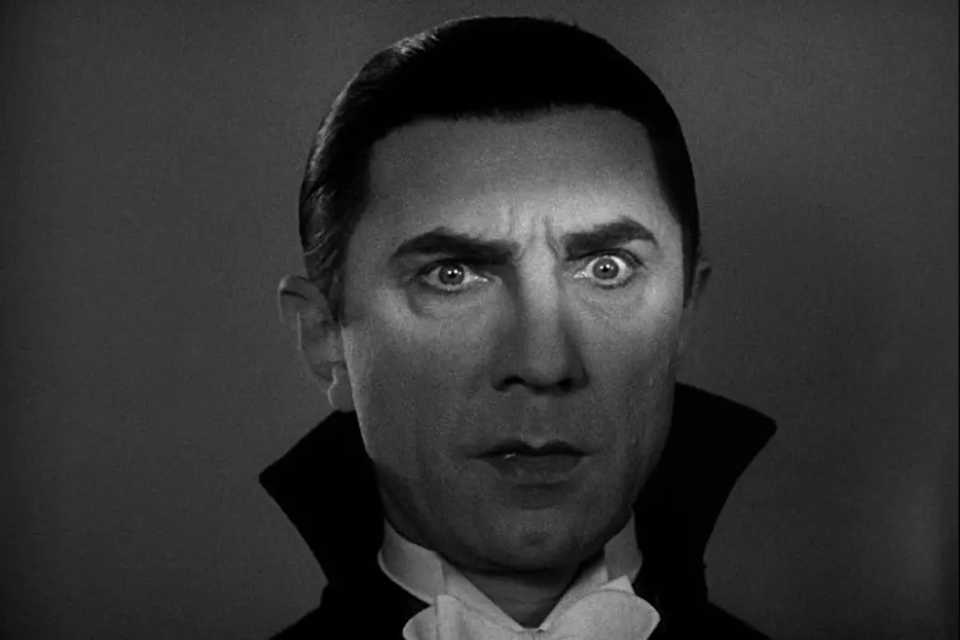
In many ways, 1931’s Dracula is the Count Dracula that stuck most securely in the public consciousness. If you were to ask someone to picture Dracula, Bela Lugosi’s archetypal image would come to mind; widowspeak, well-fitting tuxedo, exaggerated collar, icy stare. Dracula is, similarly, a monumental moment in the history of horror cinema, kickstarting two decades of Universal Pictures’ monster movie mania, which came to include Frankenstein, The Mummy, The Wolf Man, and more. It also solidified director Tod Browning as the horror movie director of his era.
9. Hotel Transylvania (2012)

Hotel Transylvania is a movie that expressly relies on the 80 years that have passed since 1931’s Dracula, playing on the well-established tropes that have solidified in the interim. This animated movie features Adam Sandler as Count Dracula (known here as simply “Drac”) alongside his usual cast of collaborators, including Kevin James as Frankenstein, Steve Buschemi as a werewolf, and David Spade as Griffin The Invisible Man. Sure, it’s mostly pretty obvious kid stuff, but it is fascinating to see just how long a shadow Dracula has cast over audiences.
8. Nosferatu: A Symphony of Horror (1922)
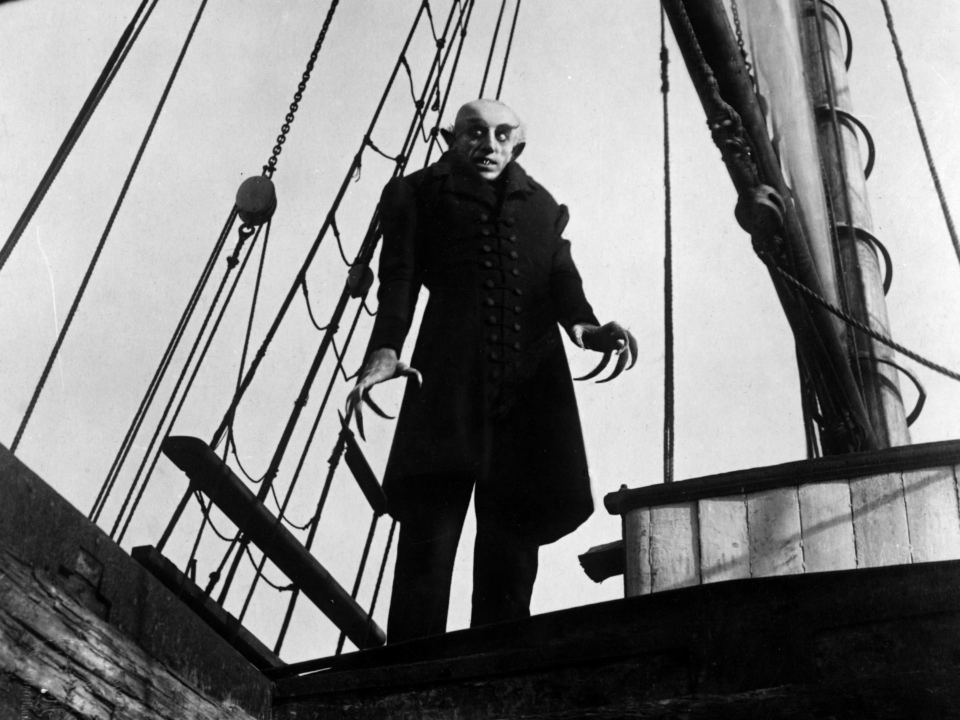
This is the film that truly started it all, despite the fact that the name “Count Dracula” is never once uttered during the film due to rights issues regarding the Bram Stoker estate. Instead, the filmmakers create the totally new and original character of Count Orlock, a mysterious, ageless count living in a reclusive castle in Transylvania. Aside from being the first movie to bring this iconic character to the screen, Nosferatu: A Symphony of Horror is a massive cinematic achievement in its own right. Brought the screen by expressionistic German director F.W. Murnau, this film is a watershed moment in the history of silent film and, in many ways, the template for every horror movie that would follow.
7. Nosferatu the Vampyre (1979)
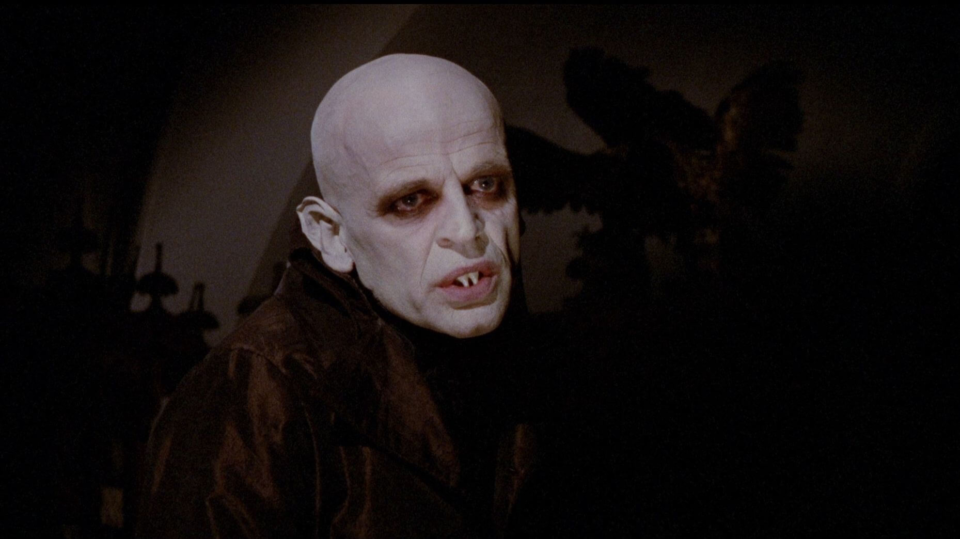
57 years after Nosferatu: A Symphony of Horror, another pioneering German director took on the dark prince in what is, essentially, a remake of the previous film on our list. Though it follows many of the same story beats of its predecessor, this version of Nosferatu leans heavily into the existential anguish and inherent loneliness that would come with immortality. It also features an extremely unsettling performance from infamous Herzog collaborator Klaus Klinski, who injects a level of menace and eccentricity into the character. This version of our favorite vampire may not jump off the page, but its languorous tone will worm its way into your subconscious.
6. The Last Voyage Of The Demeter (2023)
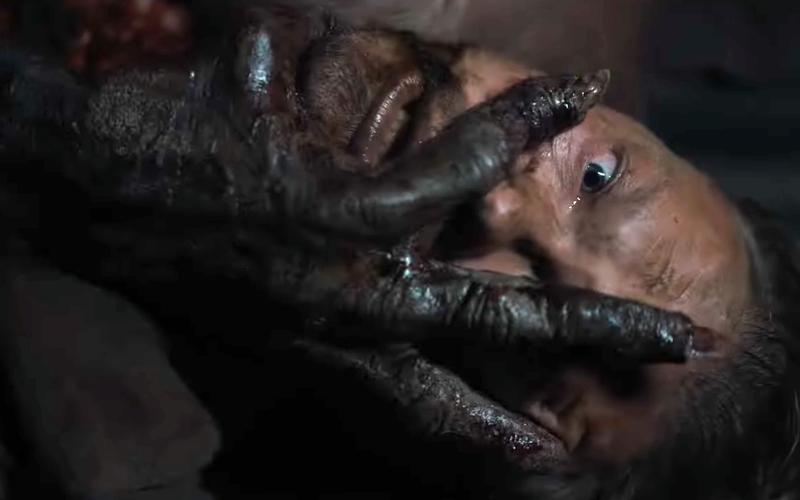
As we’ve documented throughout our list, few novels in history have had the reach and influence of Bram Stoker’s Dracula, evidenced once again by The Last Voyage Of The Demeter, which serves as the latest adaptation of Stoker’s work. This time, however, filmmaker Andre Ovredal (Scary Stories To Tell In The Dark), and writers Bragi F. Schut Jr. and Zak Olkewicz, decide to base the entirety of their movie on a single chapter of Dracula, a section entitled “The Captain’s Log” which tracks Dracula’s bloody voyage from Bulgaria to London. Though ripped directly from the source material, this Dracula is particularly grotesque and powerful, slashing and biting his way through the crew of the Demeter with relative ease.
5. Blood For Dracula (1974)
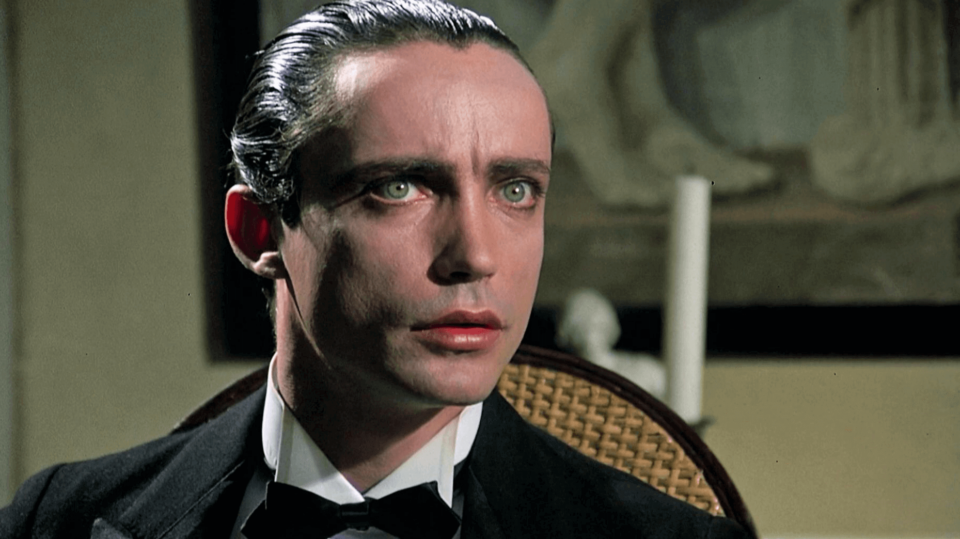
This 1974 Dracula adaptation comes from Paul Morrissey, an artist closely associated with Andy Warhol and his famed Factory of experimental creatives. This may lend the film a more arthouse bent but there remains a healthy dose of violence and plenty of moments of bloody perversion. Morrissey also displays a fair amount of sympathy for his Dracula, whom he seems to look at more as a hopeless, and at times pathetic, addict than a truly evil harbinger of death. German actor Udo Kier is excellent as the titular character, marking the first of many times he would appear in vampire-related fare, including Dracula 3000, BloodRayne, and Blade.
4. Vampire Hunter D (1985)

As this list illustrates, Dracula is lodged in the public consciousness perhaps as much as any character in the history of popular fiction. The original text may have been written by a fairly anonymous Irish secretary at the close of the 19th century, but the character he created has traveled the world many times over, inspiring countless stories and more than a few nightmares. For this entry on our list, we travel to Japan for Vampire Hunter D, an anime film based on the series of novels of the same name by Hideyuki Kikuchi. This story, set in 12,090 AD is quite different from most of the movies on our list. It takes the origin mythos of Dracula and injects a healthy portion of science fiction. The result is a fantastical adventure tale that displays just how influential Stoker and his character have become.
3. Bram Stoker’s Dracula (1992)

This is, without a doubt, the most prestigious rendition of Count Dracula on our list, a genuinely star-studded film by one of the most important directors of the twentieth century. The idea that Francis Ford Coppola, the man behind movies like Apocalypse Now and The Godfather trilogy, wanted to try his hand at a Dracula movie brought a new level of excitement to the vampire genre. This was only multiplied when it was announced that Winona Ryder, Anthony Hopkins, and Keanu Reeves would be set to star, with none other than Gary Oldman playing the titular role.
This is not a perfect movie—Reeves’ performance leaves a little to be desired. But there is a level of seriousness that makes the movie more interesting than some of its campier counterparts. Coppola even decides to explore the count’s origins as a soldier in the 15th century, giving us much-needed context for our favorite blood-sucking antihero.
2. Shadow Of The Vampire (2000)
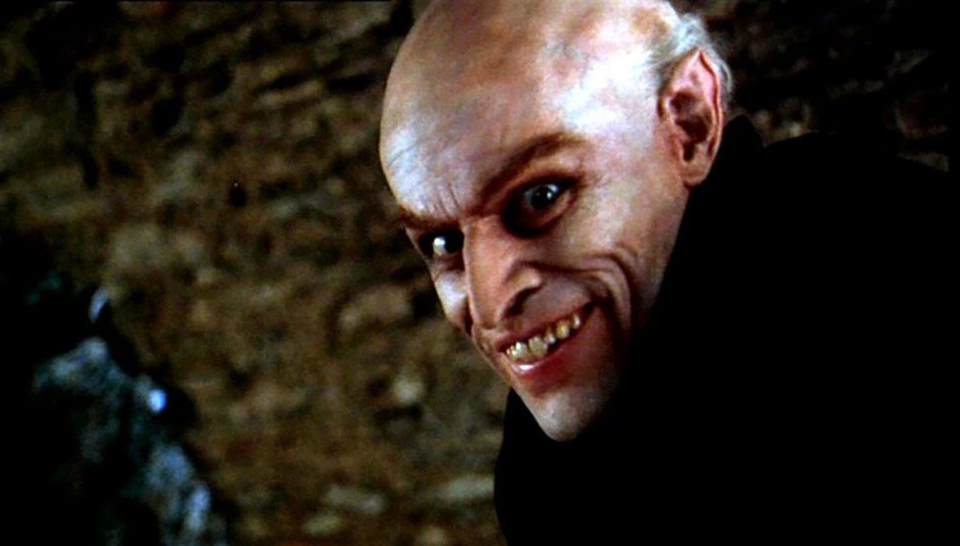
The set-up for Shadow Of The Vampire could very well come off as a joke; a film depicting the fictionalized story behind the making of 1922’s Nosferatu: A Symphony of Horror in which the actor playing Nosferatu turns out to actually be a vampire. Yet, despite some truly dark comedic moments, this movie is often genuinely scary and wholly fascinating. Directed by E. Elias Merhige, written by Steven A. Katz, and starring John Malkovich and Willem Dafoe, Shadow Of The Vampire is a meta-exploration of both Dracula and the many movies made about him. Dafoe was so convincing as Max Schreck that he was nominated for Best Supporting Actor at the 73rd Academy Awards.
1. Dracula (1958)
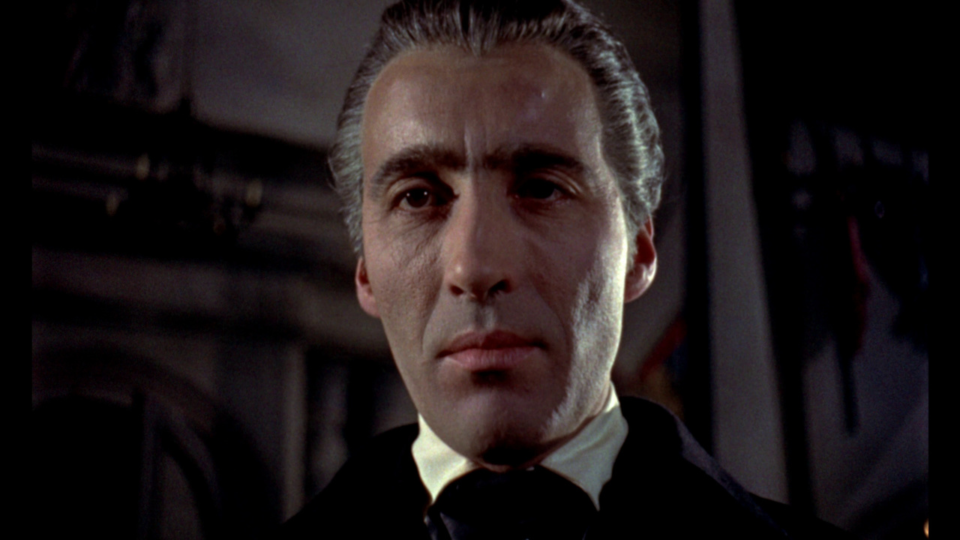
There are a lot of reasons why 1958’s Dracula finds its way to the top of our list. But it’s the performances of Christopher Lee as Dracula and Peter Cushing as Van Helsing that remain the most vital aspects of the film 65 years after it was first released. Cushing took the best bits from both predecessors Max Schreck and Bella Lugosi and crafted a character all his own, one somehow as terrifying as he was romantic and as heroic as he was evil. Cushing as the vampire hunter Van Helsing is his perfect foil and the two spar to fantastic results.
Dracula was also, much like its 1931 counterpart, hugely influential in the history of horror cinema. Even if you are not familiar with Hammer Films, the British film company responsible for bringing Dracula to screens, you are probably aware of the effect they’ve had on popular culture. Their gothic horror films were a mainstay of the mid-20th century and went a long way in shaping the world of monster movies for decades to come. Count Dracula may be one of the most adapted characters in film history, but it was Lee’s portrayal that truly stands the test of time.
Categorized:Editorials

